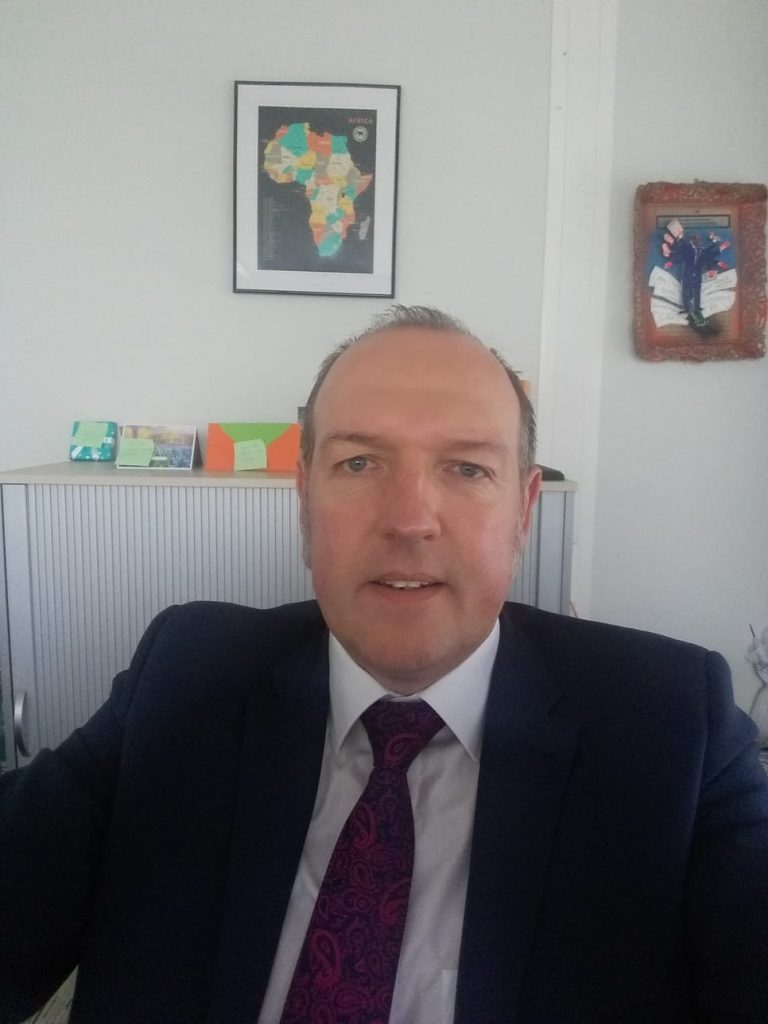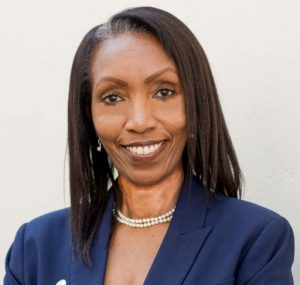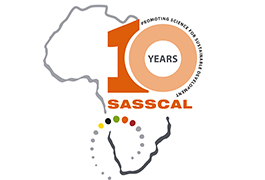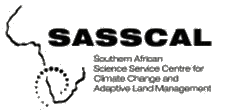
Dr Christoph Roevekamp – Head of Energy and Green Hydrogen Technologies Division at the German Federal Ministry of Education and Research
In preparation for the H2Atlas-Africa project inception meeting scheduled for tomorrow Tuesday 18 August, BMBF and SASSCAL participated in a live TV interview with the Namibia Broadcasting Corporation. Dr Christoph Roevekamp – Head of Energy and Green Hydrogen Technologies Division at the German Federal Ministry of Education and Research (BMBF) and SASSCAL Executive Director, Dr Jane Olwoch participated in the Good Morning Namibia show to sensitize the SADC regional stakeholders of the project as well as the inception meeting.
The viewers were informed on how large amounts of Green Hydrogen can be produced from water, big electrolysers and plentiful renewable energy sources such as wind, solar or hydro. The “beauty of Green Hydrogen in contrast to other forms of hydrogen is that renewable energy is used for the generation process called electrolysis” stated Dr Roevekamp. Hence, it has a very low carbon footprint with the only carbon emissions embodied in the generation infrastructure. Green Hydrogen is a multi-talent as it can be stored, functions as a carrier, or can be used directly e.g. for heating, cooling, for mobility or in production processes.
The SADC region which relies heavily on fossil fuels is ideally positioned and will benefit from such a project as the global village begins to embrace renewable energies. As such, “green hydrogen has the chance to become the oil and gas of the future. It is a game-changer” emphasized Dr Roevekamp. “This could be achieved already within the next two to three years and SADC has a historic opportunity of making the region a Green Hydrogen champion if they take the right actions now” he added. Energy and CO2 intensive sectors in the SADC region can significantly reduce their CO2 emissions by using Green Hydrogen from national production. The availability of Green Hydrogen can attract new investments in energy-intensive branches and create new jobs. Furthermore, the “SADC region can place themselves as an exporter in a trillion-dollar market for Green Hydrogen production as the region has excellent conditions for Hydrogen production” stated Dr Roevekamp.

SASSCAL Executive Director – Dr Jane Olwoch
Partnerships are fundamental for addressing global challenges. SADC has several cooperation platforms for sustainable development and this project presents another opportunity to further cement regional corporation. The formation of SASSCAL is an example of a sustained partnership of its member states. SASSCAL is best suited to coordinate this project in Southern Africa as the project is positioned to address the challenges of climate change at different temporal scales. Dr Olwoch reiterated that SASSCAL has enjoyed strong partnerships with BMBF over the years in which BMBF has funded all SASSCAL Research, Capacity Development and production of climate services over the last eight years. The H2Atlas Africa project “is the newest addition and has provided an opportunity for SASSCAL to move from a research only based institution to offering solutions” she added. The initial outcome of the project will be an interactive Green Hydrogen Atlas identifying Green Hydrogen hotspots in the region. Dr Olwoch stated that “in the immediate, the production of the Atlas of Green Hydrogen Potential in SADC will improve the research capacity that is a prerequisite for setting up necessary adaptation and mitigation actions in response to climate change”.
Capacity development as one of the three pillars that SASSCAL is premised on and is embedded in all its projects. Dr Olwoch advised that several young scientists will have an opportunity for knowledge transfer as part of their studies will see them in German for practical experience in seeing how Green Hydrogen and other renewable energy sources are produced. “This learning by doing ensures sustainability of the programme in the region even after its completion. Production of Green Hydrogen will also create green jobs with an ultimate objective of reducing unemployment” added Dr Olwoch.
Dr Roevekamp concluded by giving a practical example of how one of the SADC countries, Namibia, “seems to have a very good starting position. The country could have one of the lowest production costs worldwide and this on a large scale. You need a lot of space for renewable energy plants. Namibia has one of the largest cost-competitive production potentials”. He added that “Namibia has a real sweet spot in Walvis Bay as it is a deep-sea port, strategically located and central for neighbouring countries without access to the sea, especially Botswana, Zambia and Zimbabwe. Infrastructure and logistics are key success factors for a green hydrogen economy thus Namibia is in a pole position. This opens up new opportunities for employment and economic growth not just for Namibia but the entire SADC region”.




